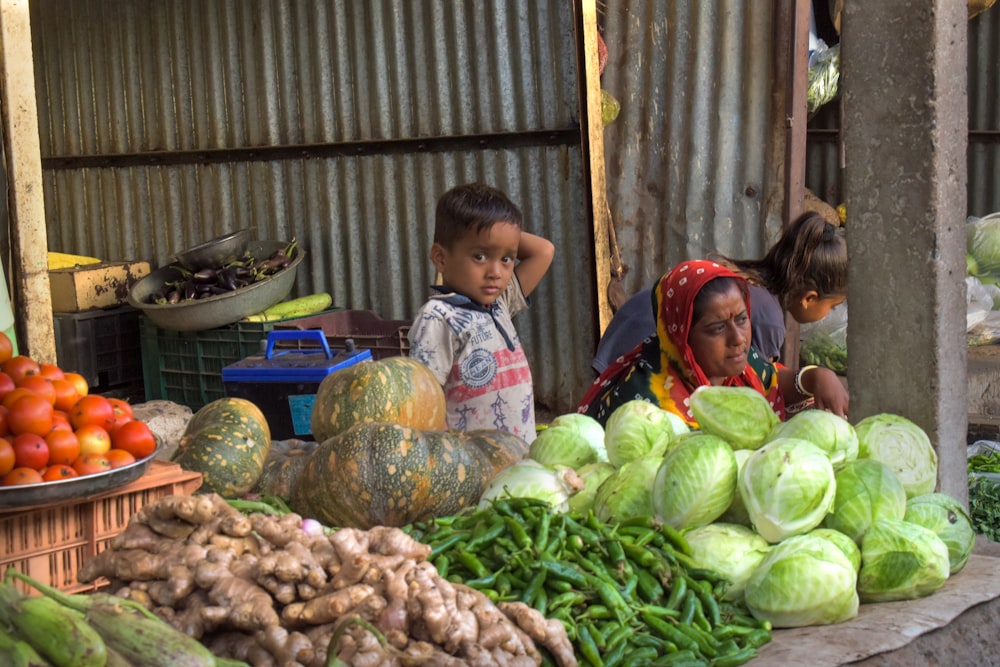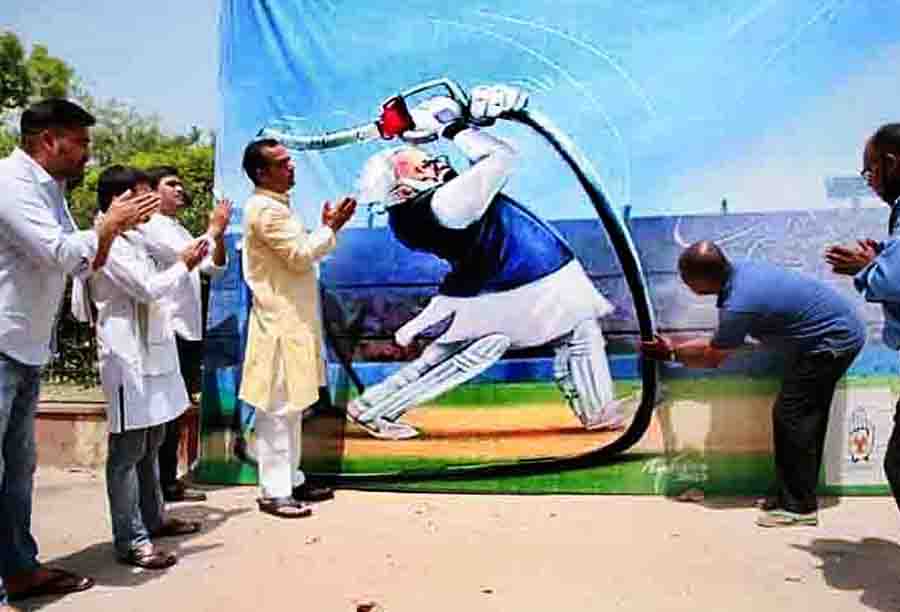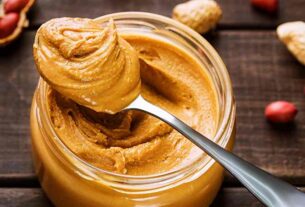![]() The Indian Youth Congress on Monday launched a poster campaign against the Narendra Modi government over rising inflation, petrol, diesel and gas cylinder prices across the country.
The Indian Youth Congress on Monday launched a poster campaign against the Narendra Modi government over rising inflation, petrol, diesel and gas cylinder prices across the country.
___________________________________________________________________________________________________________________________________________
Wed 20 April 2022:
Recent sharp hike in fuel costs is pushing up prices of fruits, vegetables & packaged milk, hurting citizens.
Mumbai, India–In the past month, Mumbai-based autorickshaw driver Siddheshwar Yadav’s average monthly income has dipped 40 percent, hit by a combination of surging fuel bills and autorickshaw rents, as hikes in petroleum and diesel prices take inflation in India to a crippling, 15-month high.
Even after putting in a 12-hour shift every day of the month, Yadav’s monthly income has dropped to 9,000 rupees ($118) from 15,000 rupees ($196.8). With the government prohibiting drivers from raising meter fares and many commuters switching to public transport to save a few rupees, Yadav is one of many drivers who has seen his income plummet even as all other costs increase.
“Things have become especially problematic in the last 20-25 days,” Yadav said. “Not just fuel, everything has become expensive, vegetables and food too. It has been years since our starting fare on the meter was revised. Even our unions have not done anything about it. The situation is difficult.”
Fuel prices have risen 26 percent since March 22 as oil marketing companies began to pass the effect of a surge in global crude oil prices — after Russia’s invasion of Ukraine — onto its consumers through back-to-back price hikes. The rise in fuel costs has crept into food and other necessary items like packaged milk, edible oil and wheat, among others, and has thrown household budgets out of order.
With retail inflation at unprecedented levels, not just the typical resident but even small to middle-sized businesses in India are now starting to feel the pinch. While the federal government has been criticised for the high taxes it adds to fuel prices, New Delhi has shown no intention to let go of this important revenue stream.
That is hurting people like Yadav. He says that, where earlier he could send back nearly 11,000 rupees ($144.3) every month to his family in the northern Indian state of Uttar Pradesh after spending comfortably on food and lodging in the city, that amount has now dwindled to barely 7,000 rupees ($91.8).
Spillover effect
As of Sunday, petrol and diesel prices stood at 120.51 rupees ($1.57) and 104.77 rupees ($1.37) respectively in Mumbai, up 26 percent and 21 percent since March 22, when the Indian government started hiking prices after a four-month hiatus.
Since fuel is used for the transportation of most goods across the country, the sharp rise in prices is creeping into the costs of other commodities and sectors as well. Prices of fruits, vegetables, and even packaged items like milk, coffee powder and instant noodles have shot up.
What is worrying, says Kumar Rajagopalan, chief executive officer of the Retailers Association of India, is “that once prices of packaged commodities go up, they seldom come down. The higher price will become the new benchmark.”
The smaller retailers and businesses, however, are not fully passing on the higher costs to their customers as yet as they fear they may lose business.

India’s fuel dynamics
Global crude oil prices and the dollar/rupee exchange rate affect the pump prices in India since it imports about 85 percent of its oil, which is then refined by domestic oil marketing companies and sold at pumps.
These companies usually follow a 15-day average of global benchmark prices to recalibrate pump prices every day. However, after a price hike on November 4, they did not raise prices for four months at the government’s behest, even as global crude oil prices rose 45 percent, from $81.6 a barrel to $118.5 per barrel over that time. As a result, the recent rise in pump prices is merely India catching up with global prices of the commodity.
However, these prices also have a component of state and central government taxes, a crucial source of government revenue.
For instance, between March 2014 and October 2021, the government-imposed tax on petrol rose by more than 200 percent and that on diesel by more than 600 percent, according to a report by the Observer Research Foundation (ORF), a New Delhi think tank.
“Since 2014, the tax on diesel and the tax on petrol has been increased substantially … So that is coming back to bite us now,” Lydia Powell, distinguished fellow at the ORF and co-author of the report, told Al Jazeera.
Since November, the federal government’s taxes on petrol and diesel stand at 26.5 percent and 22.5 percent per litre, respectively, a 40 percent jump on petrol and a 38 percent jump on diesel from pre-pandemic levels. In addition, states also charge a tax that can range from 12 percent to 22 percent.
“Both federal and state governments are passing charges, each is saying that the other should reduce [taxes] but nobody is really reducing it because it is a substantial part of the revenue stream … Overall I don’t see a substantial decrease in the taxes and I think people should get used to higher prices,” Powell added.
And while there’s been talk of India getting discounted oil from Russia, the likelihood of that happening is low as Indian firms are not equipped to process Russian crude.
All of that has fed into the ballooning retail inflation at a 15-month high of 6.95 percent in March, breaching the upper band of the Reserve Bank of India’s medium-term target of 2-6 percent for the third consecutive month.
But the government loathes the idea of cutting taxes anytime soon as it has plans to spend 7.5 trillion rupees ($98.3bn) in the current financial year, its highest allocation for capital expenditure in nearly two decades. It also has other existing expenses like subsidies for food for the poor and fertilizers for agriculture, which are likely to go up if global commodity prices continue to remain high.
“If you cut your excise duty and yet you have to pay more subsidy on fertilizers and you end up increasing your borrowing program, you end up pushing the rate up” at which the Indian government can borrow funds, said Abheek Barua, chief economist and vice president at HDFC Bank.
Higher expenses would push New Delhi’s budget deficit wider, making it more expensive to fund the gap.
“The macroeconomic effects, even if you explain it very simply, happen to be quite complex. It is not an isolated decision of whether to cut excise on fuel or not.”
Back on the streets of Mumbai, autorickshaw driver Yadav is lost in a few complex financial thoughts of his own.
“First it was Corona and then this inflation,” he told Al Jazeera. “I understand that this is because of the Russia-Ukraine war, but isn’t there something that the government can do to provide some relief? My son got married last year and my daughter is already engaged. This isn’t the right time for my savings plan to fall apart.”
SOURCE: AL JAZEERA | By
___________________________________________________________________________________________________________________________________________
FOLLOW INDEPENDENT PRESS:
TWITTER (CLICK HERE)
https://twitter.com/IpIndependent
FACEBOOK (CLICK HERE)
https://web.facebook.com/ipindependent
Think your friends would be interested? Share this story!





